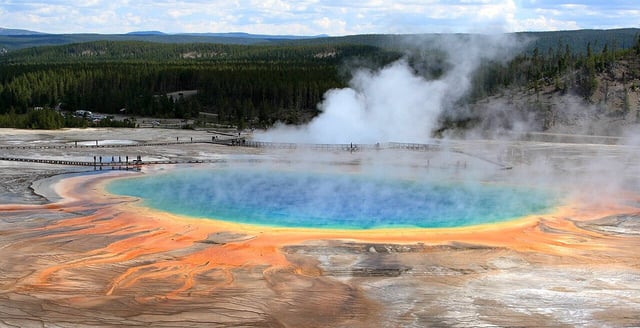Overview
- UCL researchers reported that amino acids attached to sulfur‑bearing thioesters reacted spontaneously with RNA in water at neutral pH to produce aminoacylated RNA.
- Introducing double‑stranded, tRNA‑like RNA directed attachment to the biologically relevant 3′ end, mirroring modern biology’s charging site.
- The same reaction system yielded peptide bonds when an aminothioacid and an oxidizing agent were added, demonstrating contiguous steps toward peptide synthesis.
- The results experimentally bridge the RNA‑world and thioester‑world hypotheses by showing their chemistries can operate together under plausible early Earth conditions.
- The team argues these reactions are most feasible in concentrated pools or soda lakes rather than the open ocean, while noting sequence specificity and the genetic code remain unresolved.



